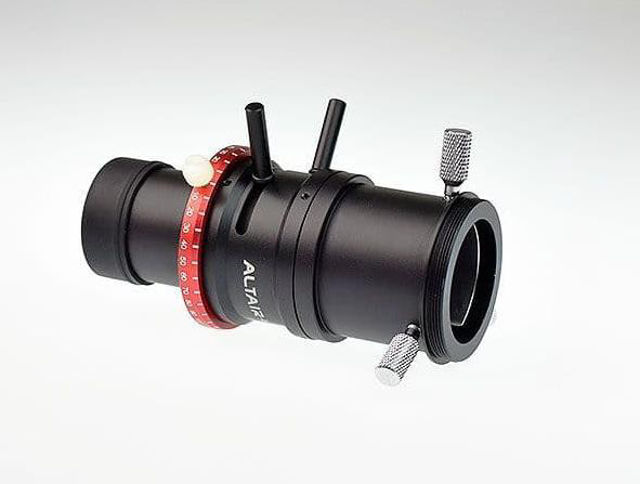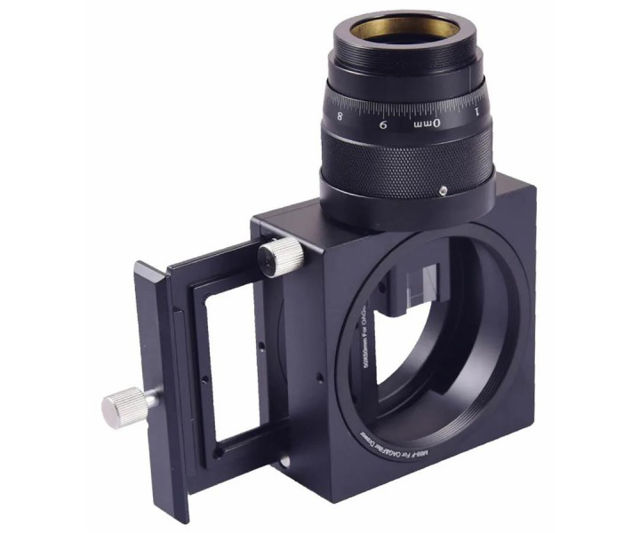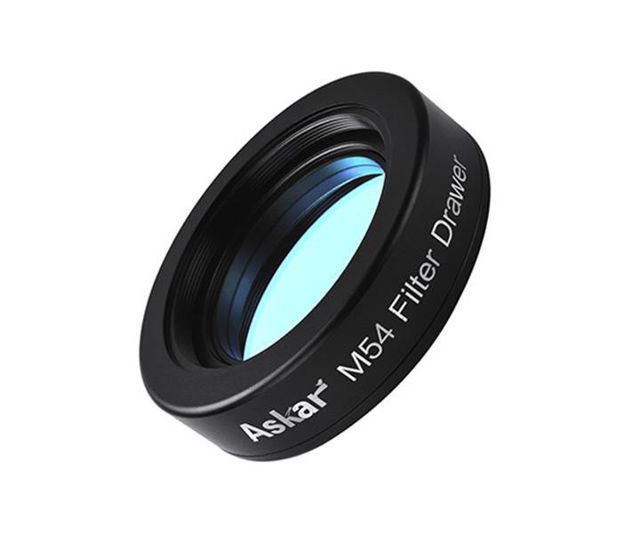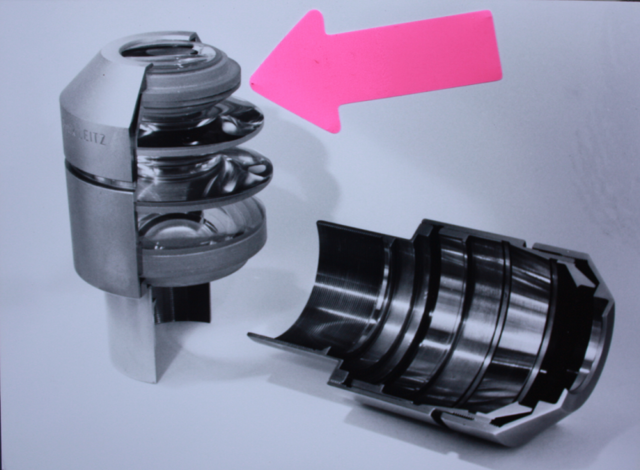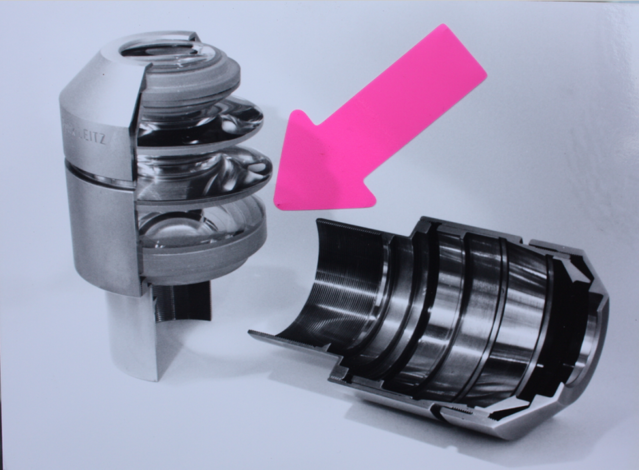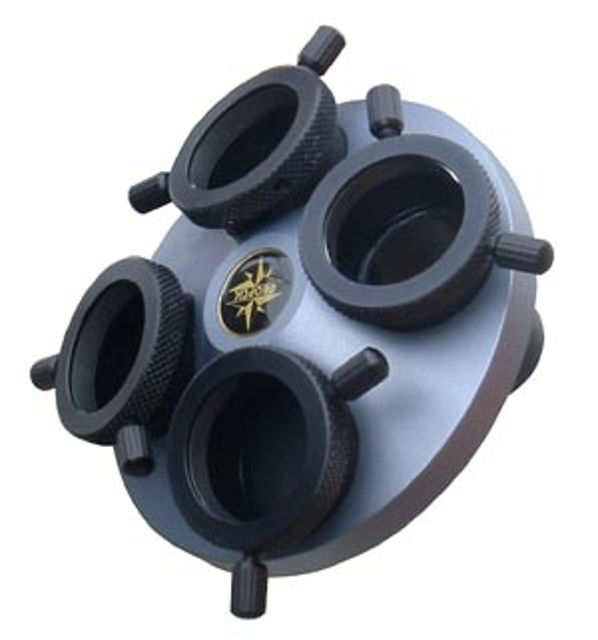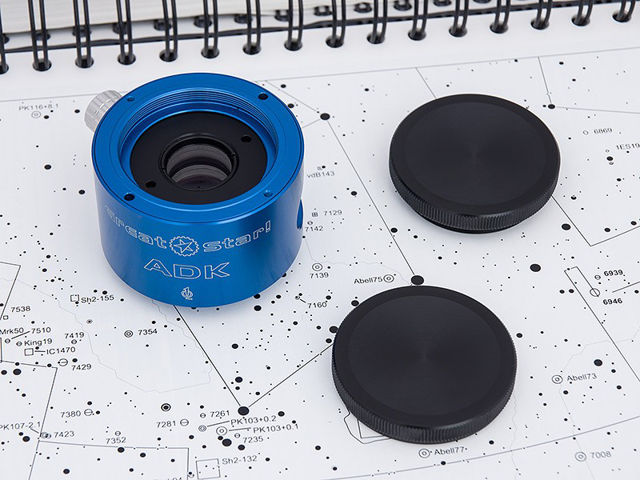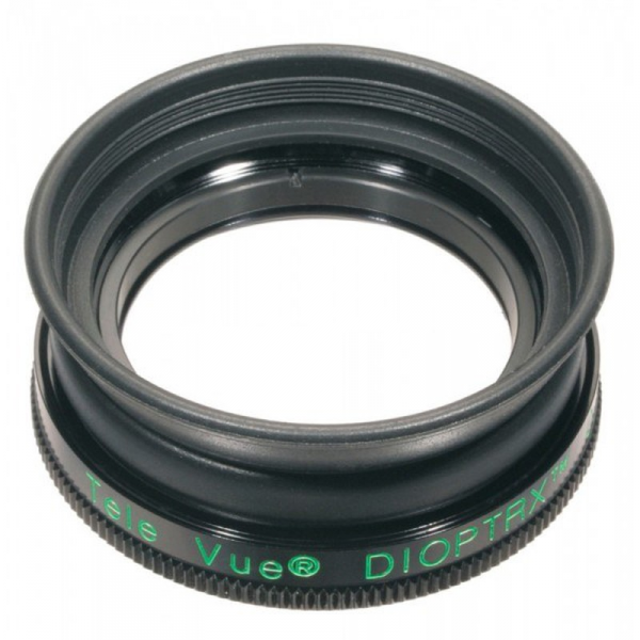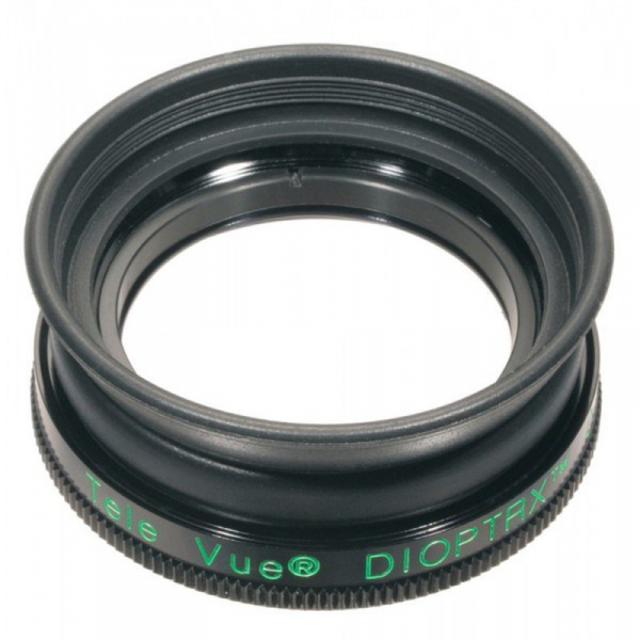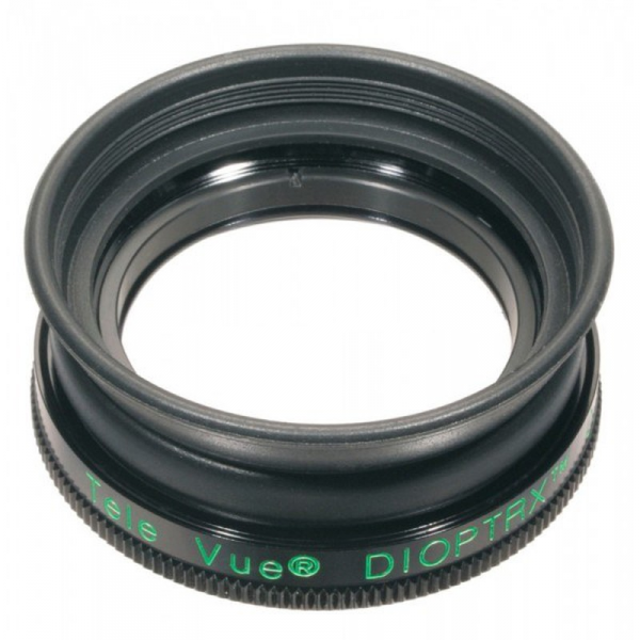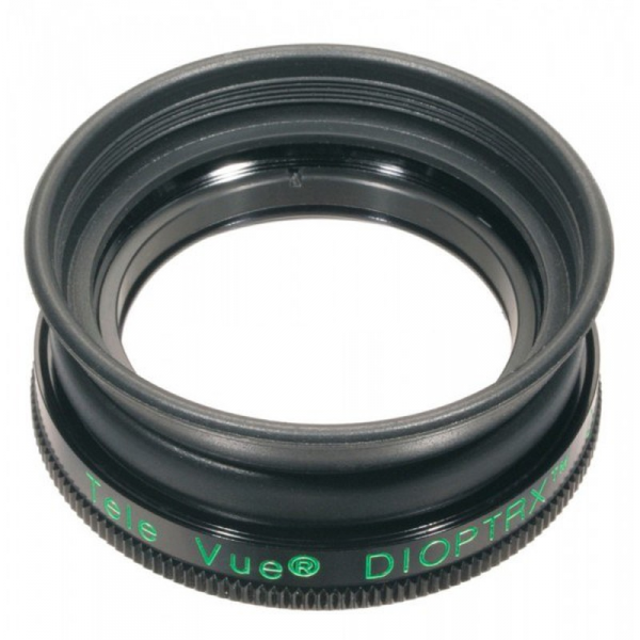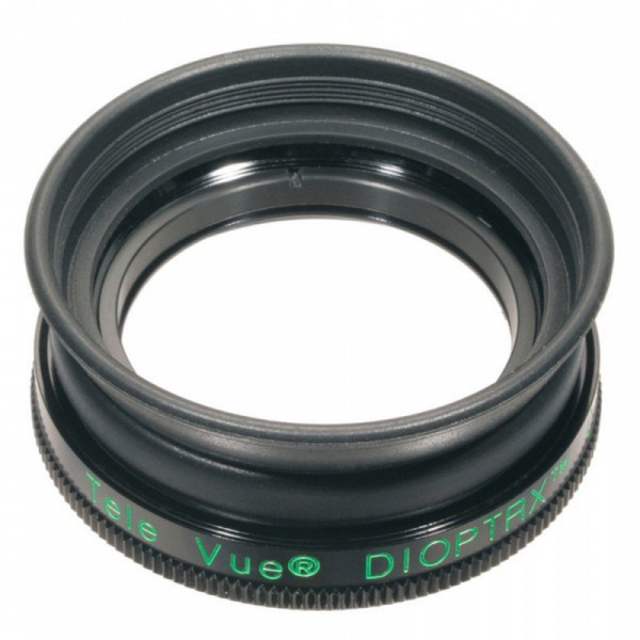Other optical accessories
- Home /
- Optical Accessories /
- Other optical accessories
Other optical accessories
Other optical accessories
Other optical accessories
With the TS ADC your images of moon and planets as well as your observations near the horizon become significantly sharper and more detailed.
- Corrects the color shift (Dispersion) of our atmosphere - less color fringing, more sharpness and detail
- Convenient operation with eyepiece attached - simply rotate the lever and notice how the sharpness of your view or camera image improves.
- The principle behind the ADC is simple - two prisms are shifted relatively to each other and thereby compensate the color shift of the atmosphere (see image)
- A ring scale allows for reproducable adjustments
- Simple adaptation on the telescope side and eyepiece side via 1.25" receptacle and T2 thread
- Ultraslim design - the TS ADC can even be attached to binoviewers - height without T2 connection parts only 29 mm from T2 to T2
- Usable among others for observation and photography of planets, the moon or double stars
179.00 €
Estimated delivery time : 2-4 weeks
Antlia OAG and filter drawer assembly is an innovative accessory that integrates filter drawer and OAG.
- Large 12*12 mm pick-out prism for using a larger guiding sensor, therefore greater choice of guide stars.
- Mono-block (one-piece) design with the OAG body directly connected to the filter drawer - provides a very rigid platform for guiding.
- Comfortably fits APS-C sensor and full frame sensor.
- The total thickness plus both side adapters is 37.5 mm.
- Right for cameras with 17.5 mm back focus distance without additional adapters.
- A high-quality 1.25-inch helical focuser with a generous 10 mm of travel allows you will find the optimum focus for your guide star.
- The prism height can be adjusted to better illuminate the field of view of your auto guider. The smaller the imaging sensor in your camera the further down the prism can be set without interfering with the sensor.
- Dovetail-type threaded adapters are attached to the body with grub screws, so the adapters can be 360° rotated and locked to align with the telescope and camera.
- You can rotate the OAG 360° to find a guide star.
- Telescope-side connections (female thread): M48, M54, M68
- Camera side connections (male thread): T2 (M42x0.75), M48, M54, M68
- Connection adapters also fit to the respective other side
- Suitable for 2" filters
404.00 €
Estimated delivery time : 1-4 days
Askar´s filter drawer allows filter changes to as little as 18 mm and provides maximum versatility for astrophotography.
- Connections at the telescope side: T2 (M42x0.75), M48x0.75 and M54x0.75 female thread - all adapters included
- Connections on camera side: T2, M48x0.75 and M54x0.75 male thread - all adapters included
- Inserts for mounted 1.25" and 2" filters included
- Inserts for unmounted 31 mm, 36 mm and 50 mm filters included in scope of delivery
- Height of the filter changer only 18 mm (without external thread)
- The set consists of 10 parts - filters are not included in the scope of delivery
- The filter holder is securely fixed in the base body with magnetic force
234.90 €
Estimated delivery time : 1-4 days
Original eye lens / spare part for the astro eyepiece LEITZ wide angle plano eyepiece F=30 / 88°.
- Original eye lens for the Leitz astro eyepiece F=30/88°
- easy installation
- Very high quality optical properties
90.00 €
Estimated delivery time : 3-4 days
Original Field lens / spare part for the astro eyepiece LEITZ wide angle plano eyepiece F=30 / 88°.
- Original Field lens for the Leitz astro eyepiece F=30/88°
- Easy installation
- Very high quality optical properties
130.00 €
Estimated delivery time : 3-4 days
Geoptik ocular turret 1.25" - for 4 x 1.25" eyepieces is also suitable for Newtonians
254.00 €
Estimated delivery time : 1-4 weeks
A new corrector for atmospheric dispersion. Now some will say, it's been around for a long time... yes, but this is one of the few on the market that uses plane-parallel cemented wedge plates and thus delivers diffraction-limited images. Due to the specially matched glass types, the corrector is free of image offset and thus free of coma. This is the only way your telescope can develop its full performance potential.
Technical data:
- Overall length: 35mm
- Connection thread: T2 (M42x0.75) on both sides
- Transmission: 17 mm
- Broadband AR coating: 340-900nm
- Surface accuracy: Better ?/10 at 633 nm
1625.00 €
Estimated delivery time : 3-4 days
With the focuser of your telescope, you can compensate for your short- or long-sightedness. DIOPTRX compensates for your astigmatism.
189.00 € 175.00 €
Estimated delivery time : 1-4 weeks
With the focuser of your telescope, you can compensate for your short- or long-sightedness. DIOPTRX compensates for your astigmatism.
219.00 €
Estimated delivery time : 1-4 days
With the focuser of your telescope, you can compensate for your short- or long-sightedness. DIOPTRX compensates for your astigmatism.
179.00 € 165.00 €
Estimated delivery time : 1-2 days
With the focuser of your telescope, you can compensate for your short- or long-sightedness. DIOPTRX compensates for your astigmatism.
179.00 €
Estimated delivery time : 1-4 weeks
With the focuser of your telescope, you can compensate for your short- or long-sightedness. DIOPTRX compensates for your astigmatism.
189.00 €
Estimated delivery time : 1-4 days
- 1
- 2
